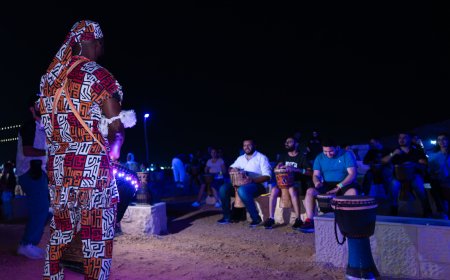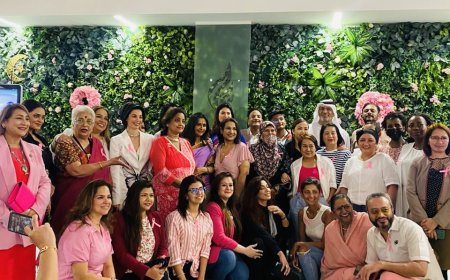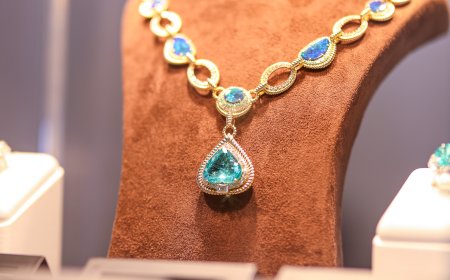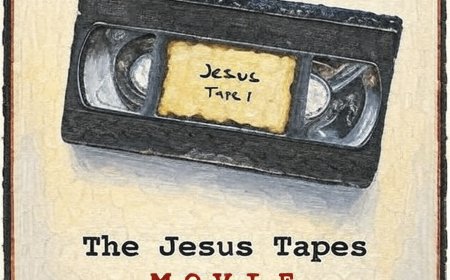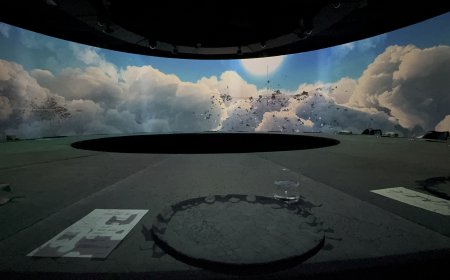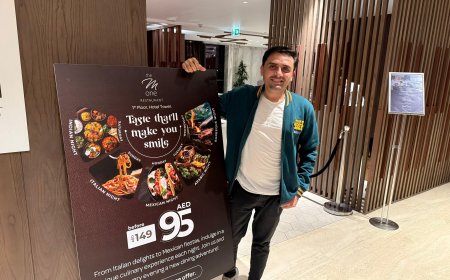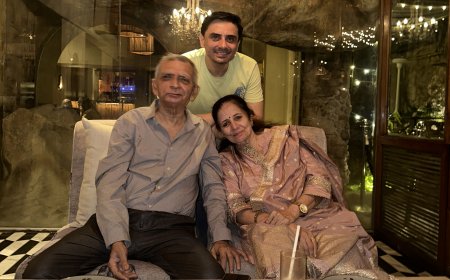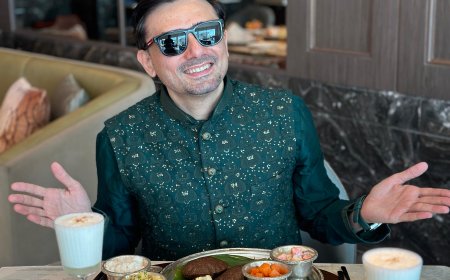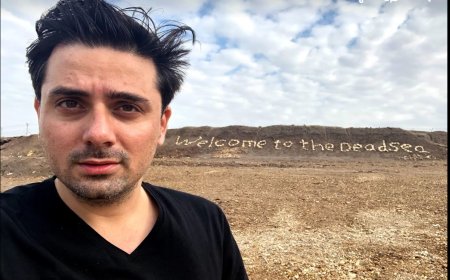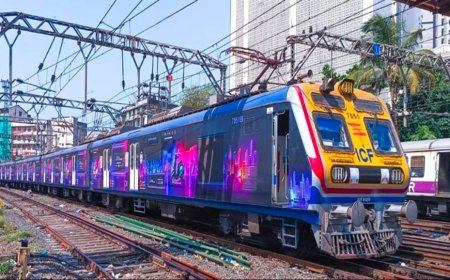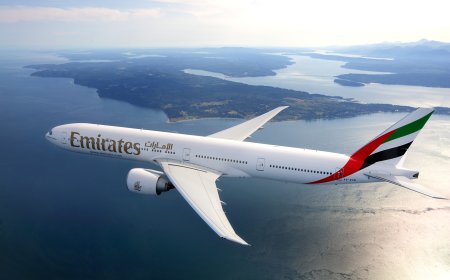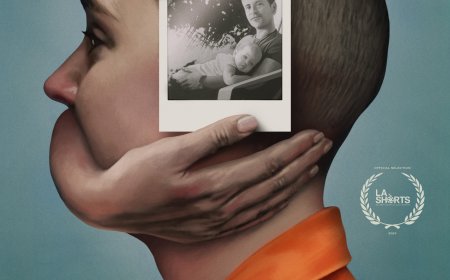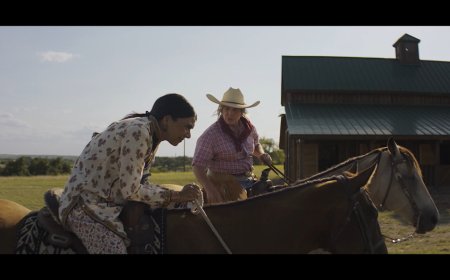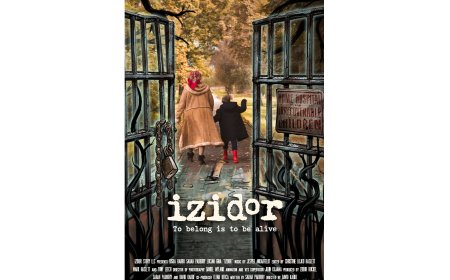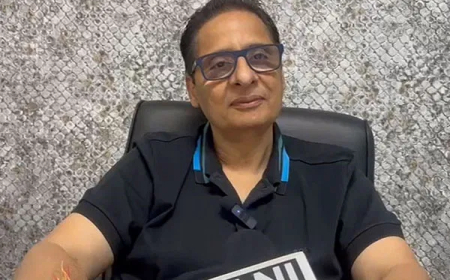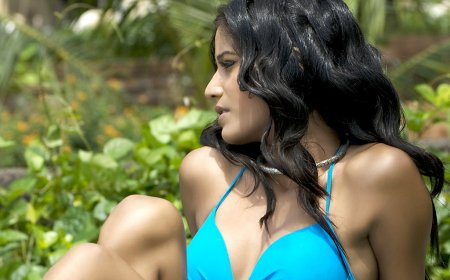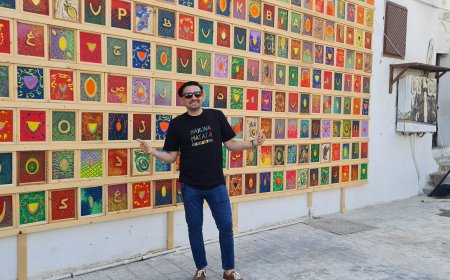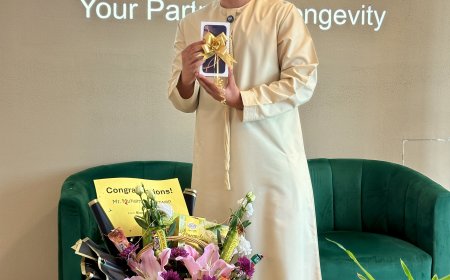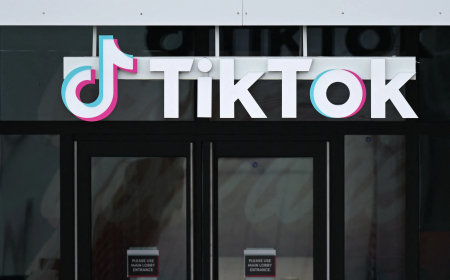Sharjah Art Foundation presents works by Casablanca Art School
The exhibition, co-organised with Tate St. Ives, features works that transformed Morocco’s visual culture in the 1960s and 1970s : Platforms and Patterns for a Postcolonial Avant-Garde 1962–1987.
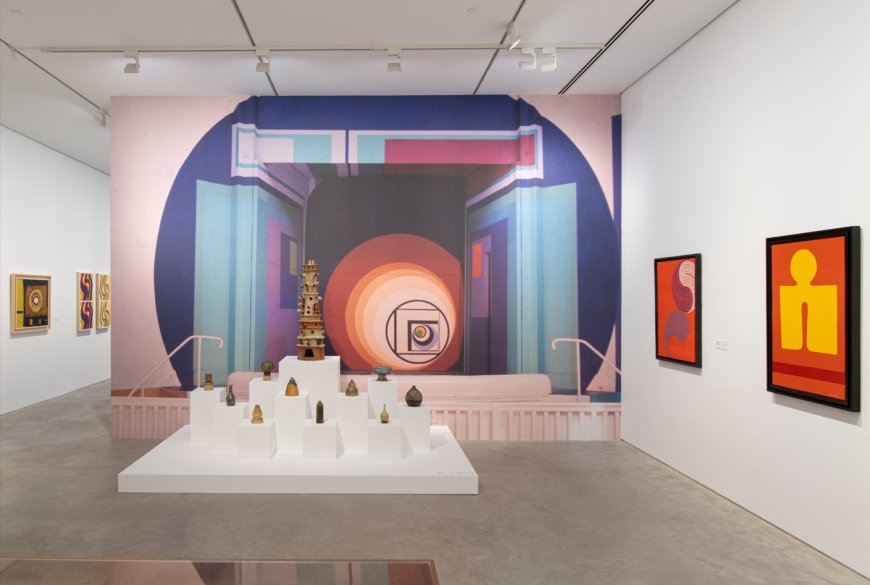
Following its acclaimed showing at Tate St Ives,organised in partnership with Sharjah Art Foundation,Casablanca Art School: Platforms and Patterns for a Postcolonial Avant-Garde 1962–1987, the first major museum exhibition of works of the School,has now opened in Sharjahand will be on view until 16June 2024.
In the exhilaration following Moroccan independence in 1956, staff and students at the Casablanca Art School (CAS) fomented an artistic revolution. They integrated abstract art with African and Amazigh traditions, taking inspiration from the region’s rugs, jewellery, calligraphy and painted ceilings.
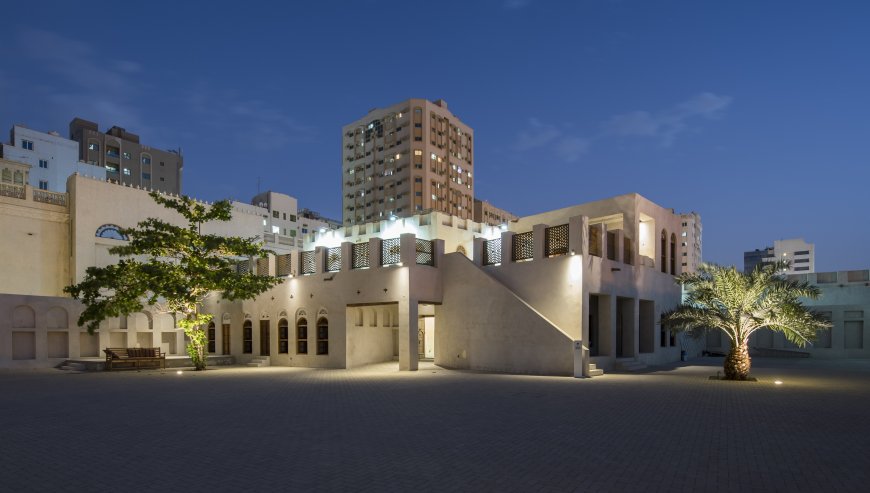
Drawing on their multicultural heritage, CAS staff and students brought art into everyday life, utilising paintings, posters, magazines, outdoor murals and street festivals to do so. This Moroccan ‘new wave’ triggered a social and urban movement, eventually contributing to artistic solidarities between Latin America, West Asia and Africa.
The Casablanca Art School: Platforms and Patterns for a Postcolonial Avant-Garde (1962–1987) explores a distinct vision for modern life driven by five influential CAS artists and teachers: Farid Belkahia, Mohammed Chabâa, Bert Flint, Toni (Antonella) Maraini and Mohamed Melehi. Known informally as the Casablanca Group (or Casa Group), the legendary Moroccan art collective, which grew to include more members, proved to be a ‘constellation’ of artists rather than a strict group.
This first museum exhibition of their art and legacy in the region features artworks by 21 CAS artist-activists from across generations. On view are vibrant abstract paintings and urban murals as well as crafts, typography, graphics and interior design, which are displayed alongside rarely seen print archives, vintage journals, photography and film.
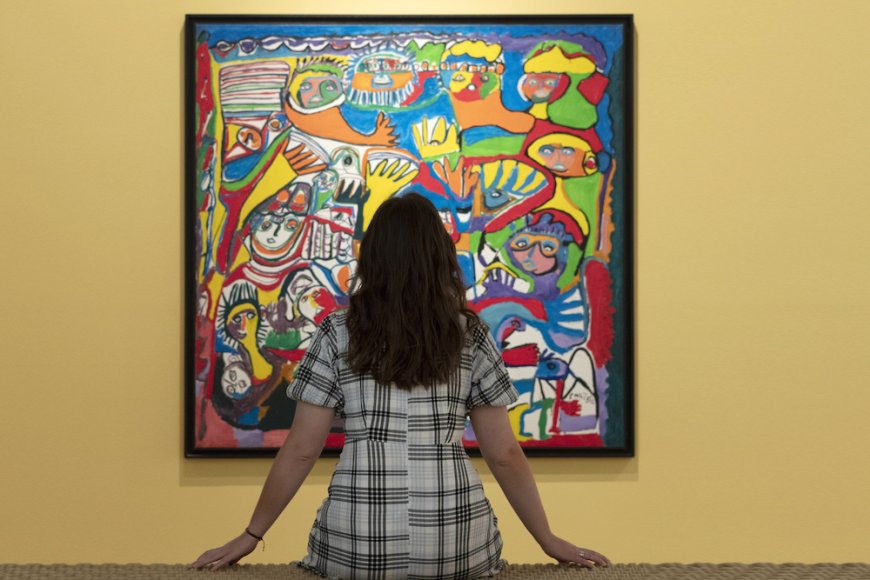
In the Sharjah iteration, the artworks are divided into themes.Platform 0: Beginningspresents the emergence of the 'Casablanca Trio', FaridBelkahia, Mohammed Chabâa and Mohamed Melehi, whose works offered an alternative to state-organised exhibitions, empowering Moroccan artists and challenging colonial norms.
Platform 1: Creating Collectively (1968) consists of collaborative works,created by pioneering students under the leadership of director FaridBelkahia and teachers including Mohamed Melehi and Mohammed Chabâa, that marked a transformative 'new wave' in Moroccan art.
Platform 2: Making Art Public (1969) depicts the story behind the street exhibition PrésencePlastique,initiated by Casablanca Art School artists, to protest against the state-organisedSalon du Printemps[spring fair],a colonial relic that categorised Moroccan artists as ‘naïve’ painters.
Platform 3: Pan Arab Solidarity (1974–1979) features artworks such as the official poster design for the International Art Exhibition for Palestine in Beirut in 1978, demonstrating collective resistance as well as fostering artistic and political solidarity across independent Arab nations.
Platform 4: Open Air Museum (1978–ongoing) illustratesthe transformation of northern Morocco into an open-air museum with outdoor exhibitions, murals and live performances, as envisioned by the Cultural Moussem of Asilah festival founders Mohamed Melehi and Mohamed Benaïssa in 1978. Continuing to democratise art as part of Casablanca Art School’s legacy, the annual event invites international artists to bring contemporary arts to the community.
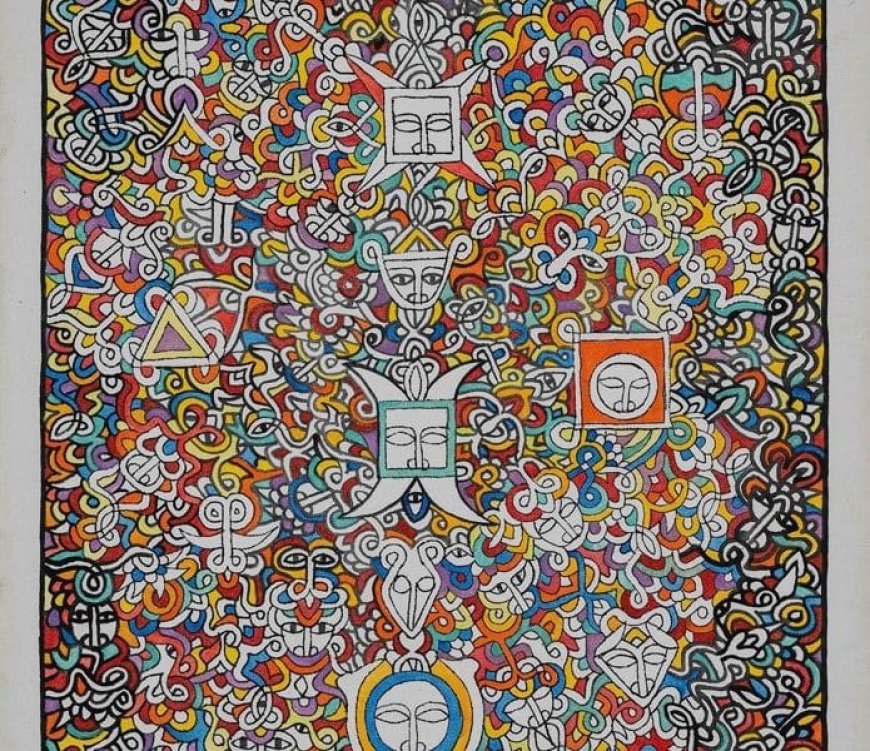
The exhibition also unveils three distinct themes.
Pattern 1: Afro-Amazigh Heritage showcases the art school’s collaborative approach under the influence of tutor Bert Flint that led to the revival of rural rugs and jewellery as teaching tools.
Pattern 2: Design for Everyday presents the integration of art and craft and architecture by the artist students in collaboration with architectural studio Faraoui and de Mazières wherein they created a vision for public art and transformed neglected spaces and districts.
Pattern 3: Graphic Design underscores how the art school leveraged graphic design as an accessible form of painting for the public, deloconising and democratising Moroccan arts from 1966 to 1972.
The artworks included in the exhibition are by the following artists: Carla Accardi, Malika Agueznay, Hamid Alaoui, Mohamed Ataallah, Herbert Bayer, FaridBelkahia, Mohammed Chabâa, Saâd Ben Cheffaj, Ahmed Cherkaoui, André Elbaz, Abdellah El Hariri, AbdelkrimGhattas, Mustapha Hafid, Anna Draus-Hafid, Mohamed Hamidi, Mohammed Kacimi, MiloudLabied, Mohamed Melehi, HousseinMiloudi, AbderrahmanRahoule and ChaïbiaTallal.
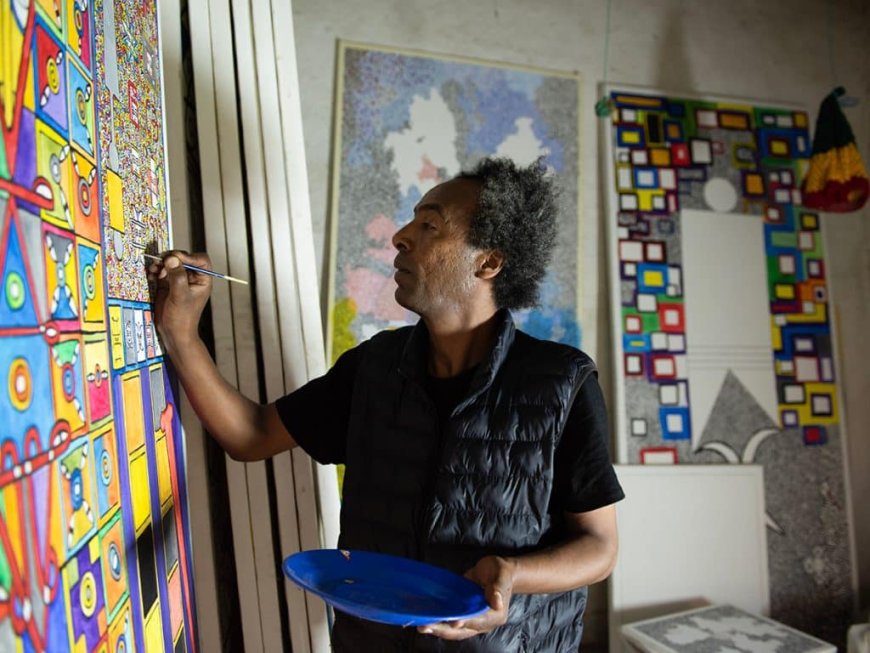
Organised by Sharjah Art Foundation and Tate St Ives in collaboration with SchirnKunsthalle Frankfurt, the exhibition is curated by MoradMontazami and Madeleine de Colnet for Zamân Books & Curating, with Hoor Al Qasimi, Director of Sharjah Art Foundation, May Alqaydi, Assistant Curator of Sharjah Art Foundation, and associate researchers Fatima-Zahra Lakrissa and Maud Houssais.
The exhibition is also part of a key moment of international research into the Casablanca Art School, initiated in 2020 by the KW Institute for Contemporary Art and Sharjah Art Foundation, in partnership with Goethe-InstitutMarokko, ThinkArt and Zamân Books & Curating.
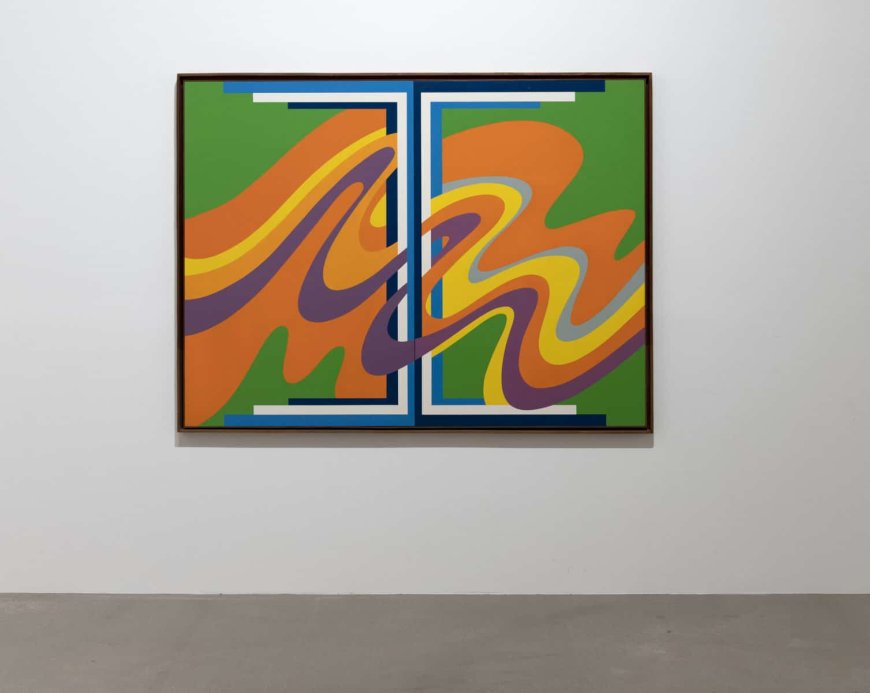
Casablanca Art School: Platforms and Patterns for a Postcolonial Avant-Garde 1962–1987 is presented at Al Hamriyah Studios and Old Al Diwan Al Amiri in Al Hamriyah.
Visiting the exhibition
24 February–16June 2024, Al Hamriyah Studios and Old Al Diwan Al Amiri, Al Hamriyah, Sharjah
9:00 am–9:00 pm, Saturday to Thursday | 4:00 pm–9:00 pm, Friday
Free admission. Advance registration is required at sharjahart.org.

